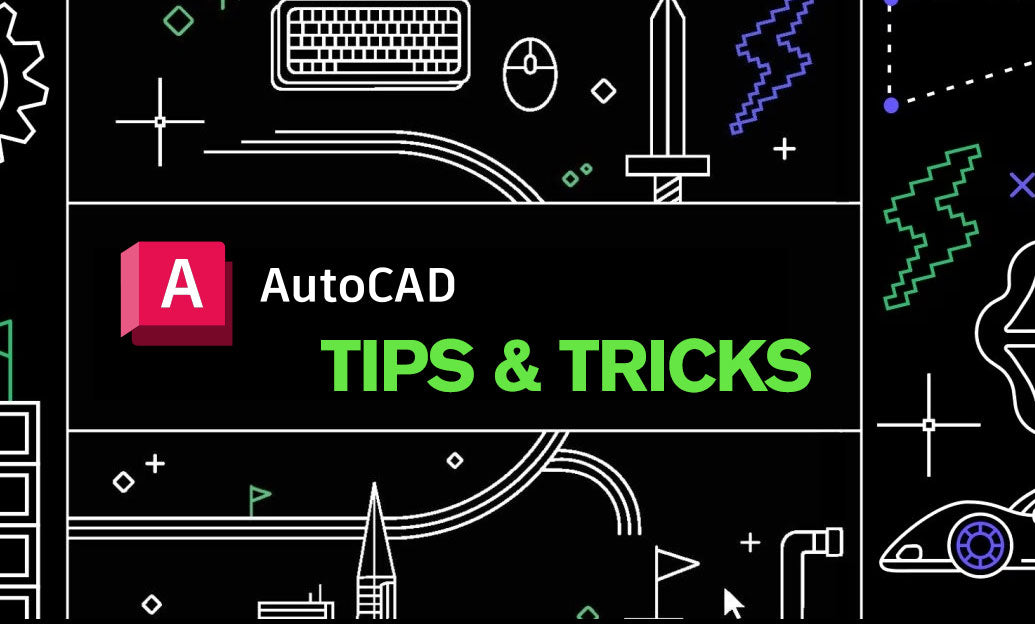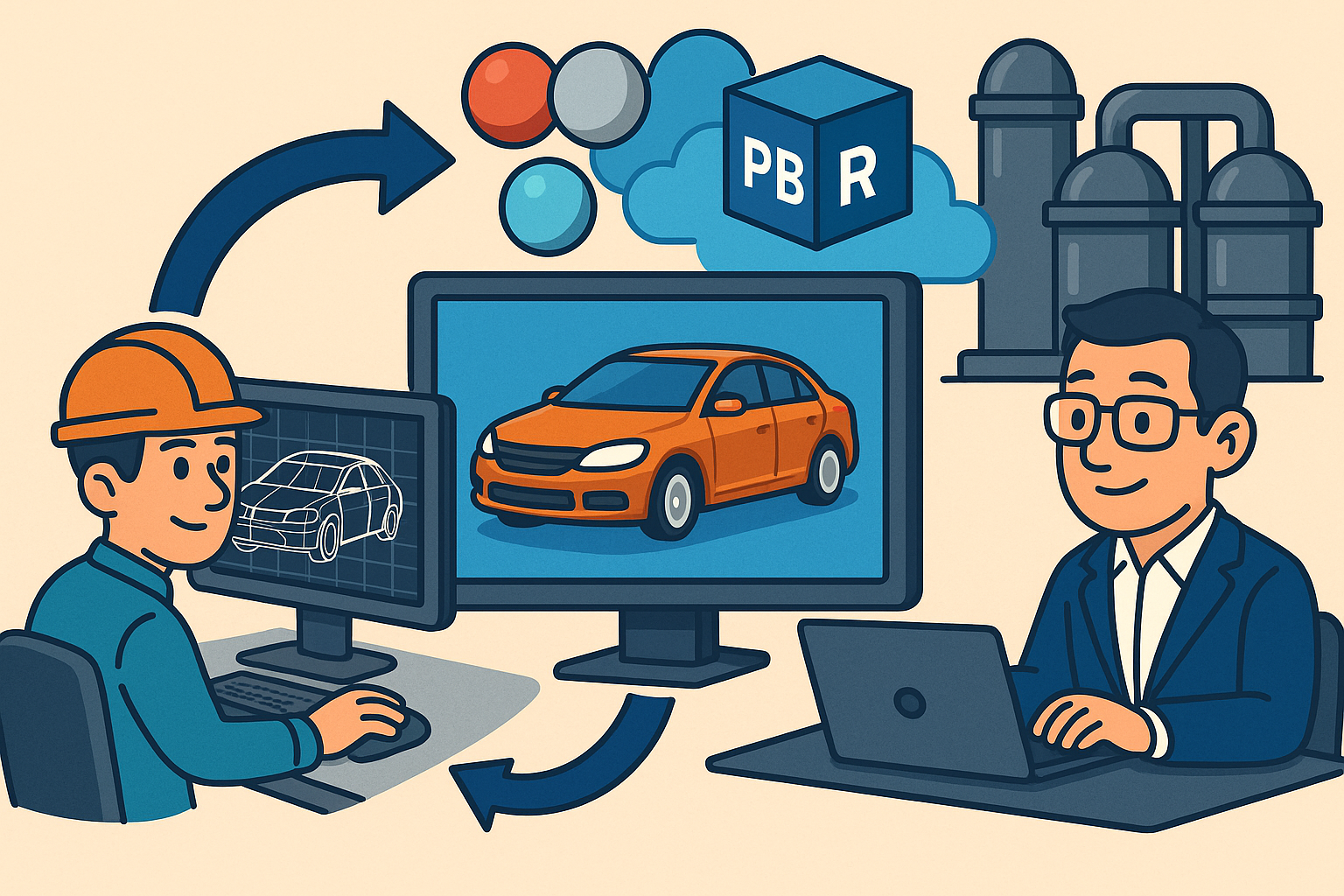Your Cart is Empty
BEDIT is the safest, fastest way to revise block definitions without exploding them. Use these practices to edit with confidence and keep your library consistent. If you need licensing or expert guidance, connect with NOVEDGE or explore AutoCAD options at NOVEDGE.
Open, orient, and set the ground rules
- Enter the Block Editor with BEDIT (or double‑click a block). If BEDIT won’t open, set BLOCKEDITLOCK to 0.
- Turn on the Block Editor ribbon and the Authoring Palettes for dynamic tools.
- Isolate layers if needed before editing to reduce visual noise.
- Use REFEDIT only when you must edit a single instance in place; prefer BEDIT to modify the definition globally.
Edit fundamentals that prevent downstream headaches
- Base point: Set a logical insertion base point (corner, center, or alignment feature) so placement and alignment are predictable.
- Layering: Put general geometry on Layer 0 and use ByLayer/ByBlock properties so inserts inherit the target layer and standards.
- Scale and units: In the block properties, enable Scale Uniformly (for symmetric content) and set block units correctly to avoid unexpected scaling.
- Explode control: Set Allow Exploding to No for protected content; leave it Yes for detail blocks meant to be edited downstream.
- Naming: Use a clear convention (e.g., discipline_prefix_type_size_version). Avoid spaces; use underscores.
Dynamic enhancements that pay off
- Parameters and actions: Add distance, rotation, and flip parameters with corresponding actions to minimize separate block variants.
- Visibility states: Use visibility to carry multiple options (left/right, sizes, symbols) in a single block.
- Lookup tables: Provide curated choices for standard sizes; combine with distance parameters for robust control.
- Test Block: Use the Test Block tool frequently to validate grips, actions, and constraints before saving.
Attributes and data integrity
- Attributes: Define Tag, Prompt, and Default carefully; lock position if needed and set justification for clean alignment.
- Field-driven text: Where possible, use Fields to automate dates, sheet numbers, or scales.
- After edits: Run ATTSYNC on the block name to push attribute changes to existing instances without reinsert.
Quality checks before you close
- Geometry audit: Purge stray line types/hatches inside the block; remove duplicates with OVERKILL.
- Snaps and precision: Confirm endpoints and alignment grips hit intended geometry; repair with FILLET/CHAMFER/EXTEND where needed.
- Performance: Simplify heavy hatches or meshes, and consider using proxy geometry for distant detail.
Deployment and standardization
- BSAVE/Save Block, then close. If you need a new variant, Save Block As to avoid breaking existing references.
- Library hygiene: WBLOCK finalized blocks to a shared library; distribute via Tool Palettes or DesignCenter for team consistency.
- Versioning: Suffix versions (e.g., _v02) during development; once approved, freeze the name and archive prior versions.
- Across files: When redefining, insert the updated block from your library and accept the redefine prompt to update all instances.
Solid block editing discipline compounds productivity across your entire project set. For procurement, training, or best‑practice tooling around AutoCAD, check out NOVEDGE and their AutoCAD solutions.






